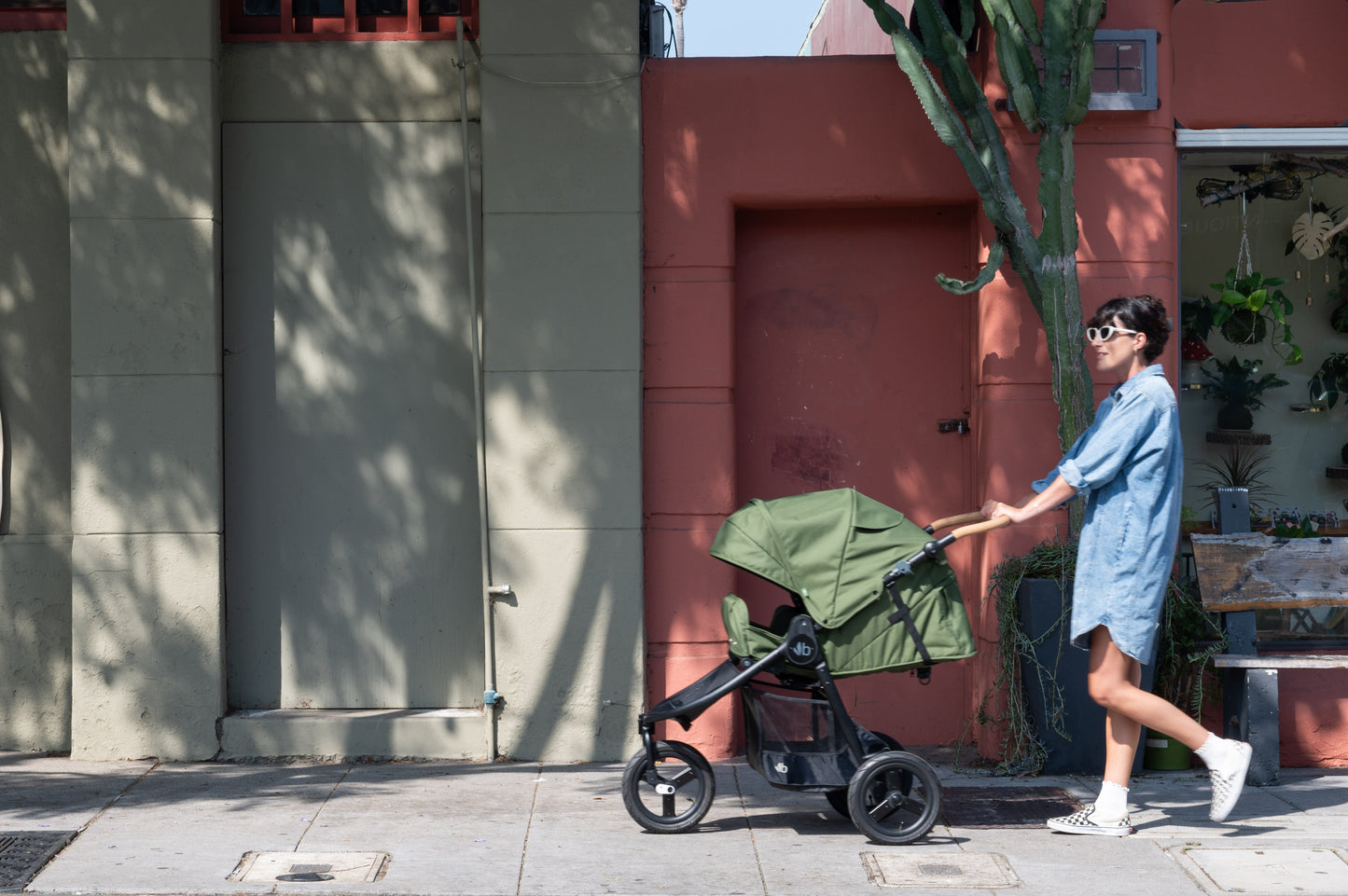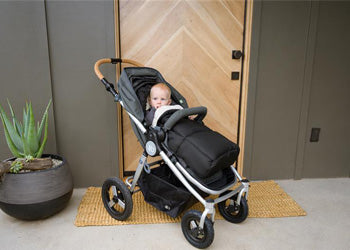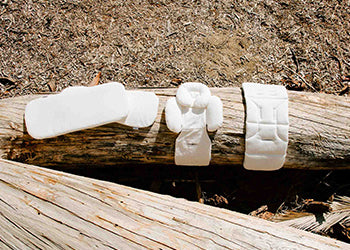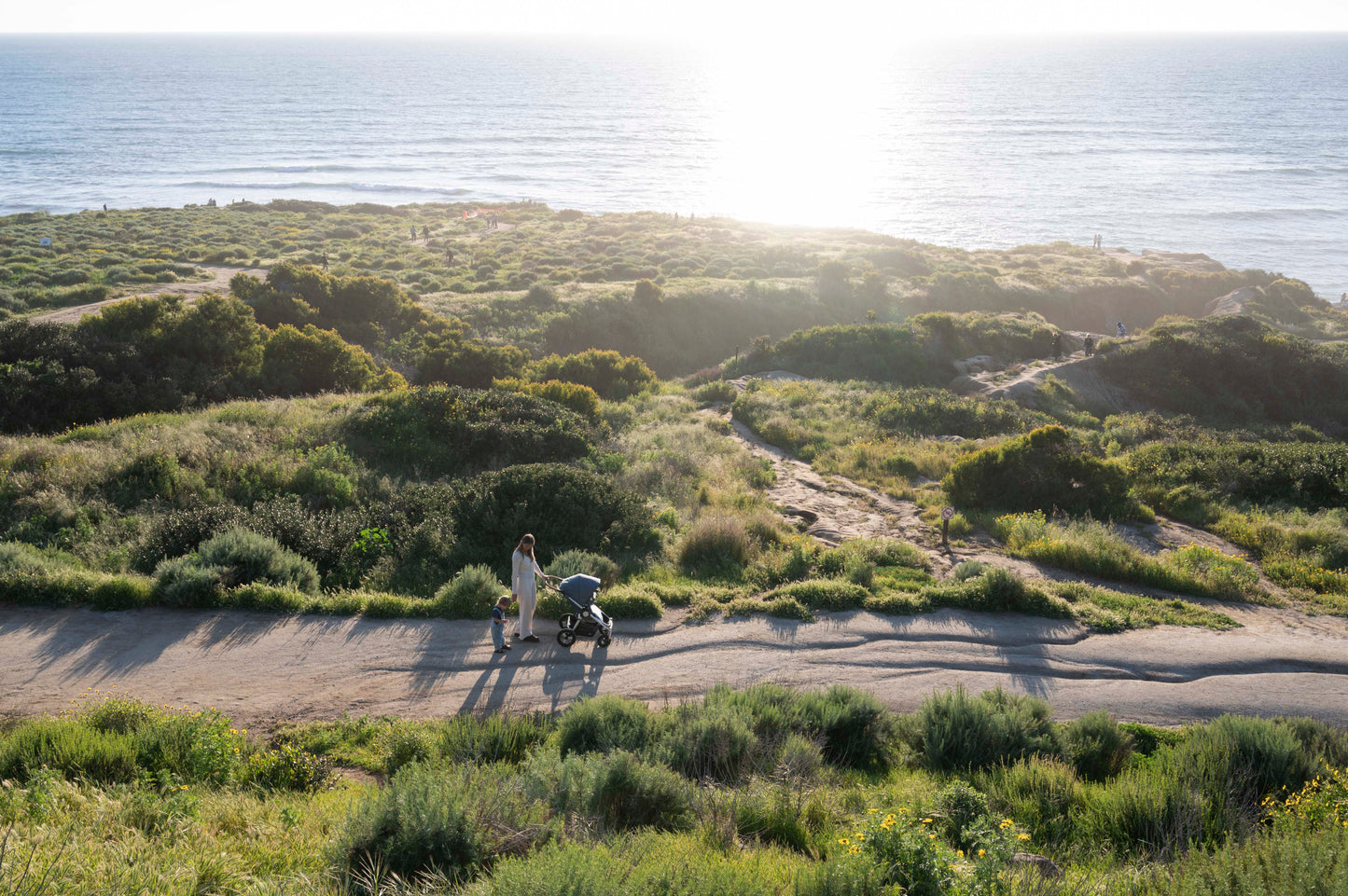Exercise in Pregnancy and postpartum
Written by the midwives at the Tourmaline Birth & Wellness Collective
Relaxing relaxes the ligaments in the body and pelvis and softens and widens the cervix. It is present through the whole body and studies show that it still circulates up to six months postpartum. One of the best exercises in pregnancy is walking. We recommend walking at least 30 minutes or 2 miles a day. In the first trimester this might be a brisk walk, but as your baby and belly grow you will gradually slow, listening to your body. In the third trimester as you walk you really want to allow for the baby to drop down, so the walk at times may look more like a waddle. You may experience Braxton hicks contractions as you walk, gauge your exercise by what tightness you are feeling in your body. If you are feeling tight twinges or cramps in your side, slow down and hydrate. Walking slowly allows the baby to settle down deep into the pelvis and the weight of the baby will help soften all the muscles and ligaments of the pelvic floor.
Weight training: If you have already been exercising, continue doing what you have been doing, but make adjustments as needed. When you start feeling the weight of your belly and are weight training, instead of drawing in your core and pushing through and contracting muscles, practice breathing through the contraction and think about softening your core and pelvic floor. This is great practice for birth.
Abdominal Workouts: There are some great exercises specific to pregnancy for abdominal workouts but we recommend you stop abdominal workouts, like crunches, planks, twisting movements and push-ups around 20 weeks. This is in part because as your baby and belly grows the rectus abdominis muscles actually spread apart to accommodate your growing baby. The separation of these muscles is called a diastasis recti. When we do crunches in our pregnant state we are pushing the weight of the baby out against the rectus abdominis muscles and actually strengthening them in this separated state. Standing Ab exercises, heel taps and pelvic tilts are good exercises for core strengthening in pregnancy. After your baby arrives it is important to remember to allow time to rest, allow your body to come back into place before adding strengthening. A good rule of thumb is to check for diastasis recti postpartum and start slow, ab exercises can begin after the 40 day postpartum period.
For a great resource on pregnancy exercise go to: https://spinningbabies.com/start/in-pregnancy/daily-activities/
Thank you for reading!










 Estonia
Estonia Latvia
Latvia Lithuania
Lithuania